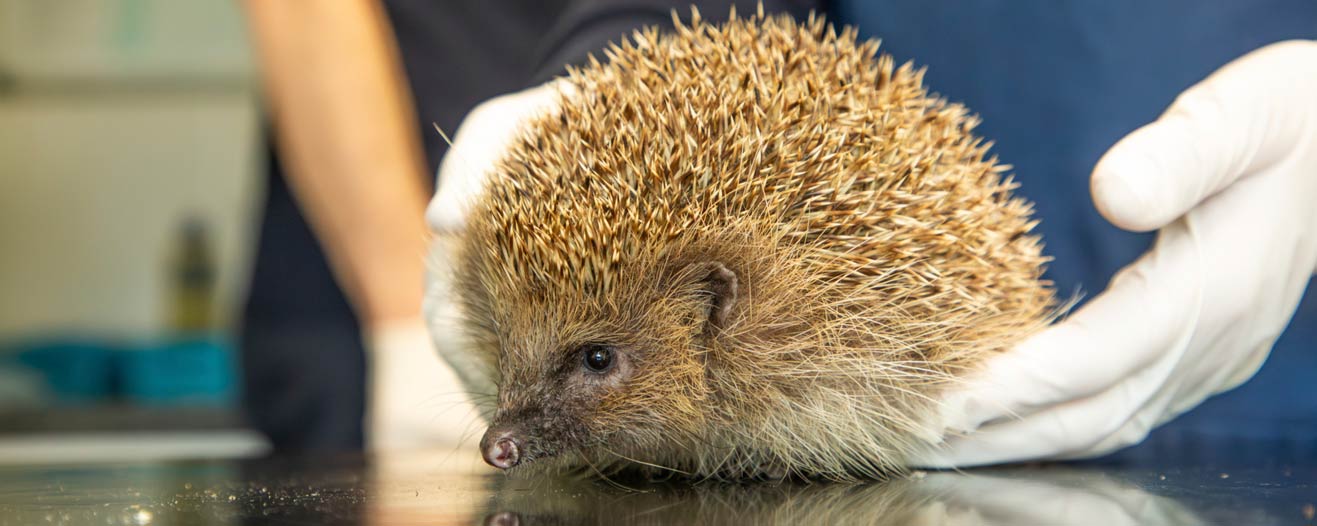- Find a Pet
- Advice and Welfare
- Ways to Give
- Get Involved
- What We Do
- Search
- My RSPCA
- Report a concern
- Sponsor
-
Colour modeVivid Calm

We have four wildlife centres
Our wildlife centre admissions consist of 76 per cent birds, 23 per cent mammals and one per cent of everything else. Hedgehogs were the most commonly-admitted species in 2012. Our wildlife centres are equipped with veterinary surgeries, isolation cubicles, orphan wards and a variety of paddocks, pools, pens and aviaries to accommodate the many species of wild animal they admit, from fox cubs to birds of prey.
- East Winch in Norfolk
- Mallydams Wood in East Sussex
- Stapeley Grange in Cheshire
- West Hatch in Somerset.
Worried about a wildlife animal’s health or safety?
Have you found an animal who is sick, injured or trapped? If you can’t easily help them without specialist skills, please tell us about it.
Wildlife care advice
Our wildlife centres, together with the wildlife department, have developed wildlife rehabilitation protocols, based on their knowledge, experience and detailed research. These describe the best husbandry (ways to care) for these animals and are updated as science and knowledge progress.
Injured animals
Wildlife rehabilitation is very tricky and best left to experts so that the animals have the best chance of survival back in the wild.
If you find a wild animal that you think is injured, please contact your nearest vet.
Orphaned animals
Orphaned animals come into our centre every year, but it depends on the species as to what you should do. A lot of baby wild animals can look like orphans, so always check to make sure the wild animal is orphaned first.
See our Wildlife section for more advice.
Work at our wildlife centres
Wildlife assistant positions are advertised on our job vacancies. You can also volunteer at a centre by looking at our volunteer vacancies or by contacting your nearest wildlife centre.



